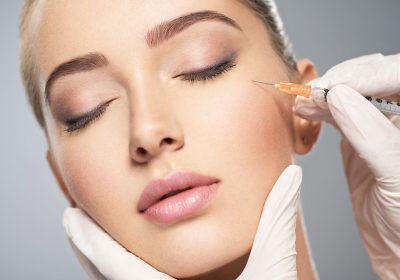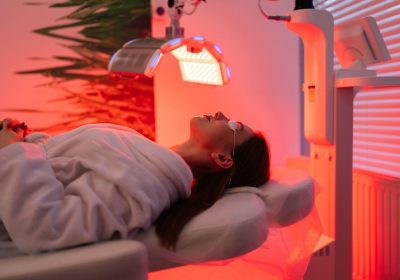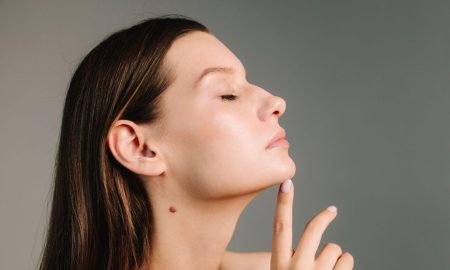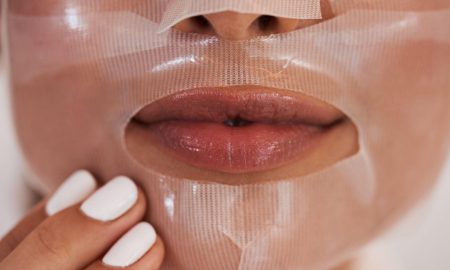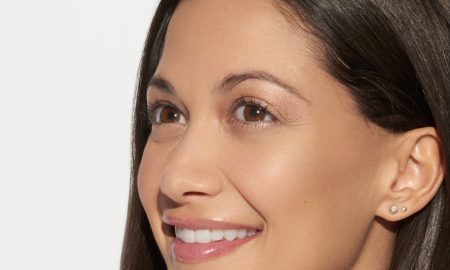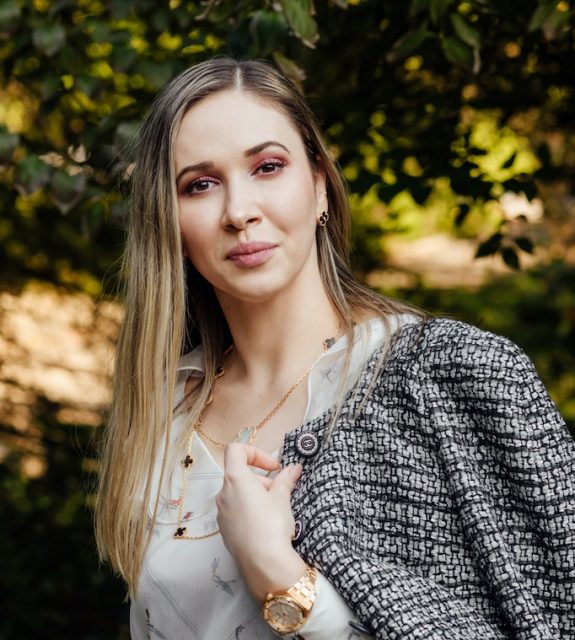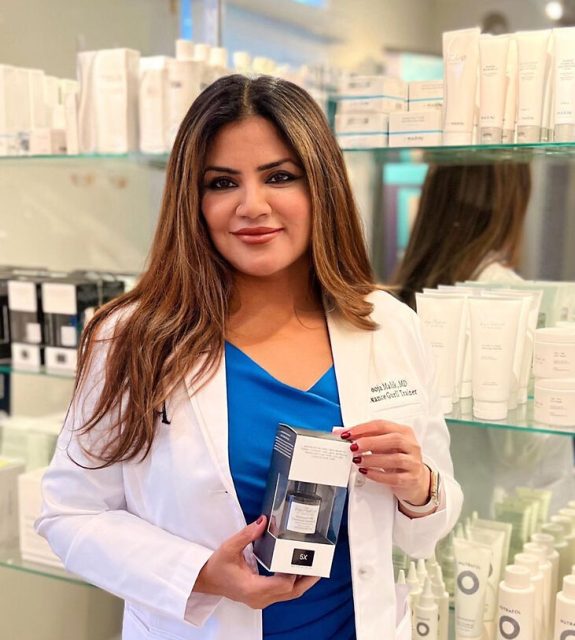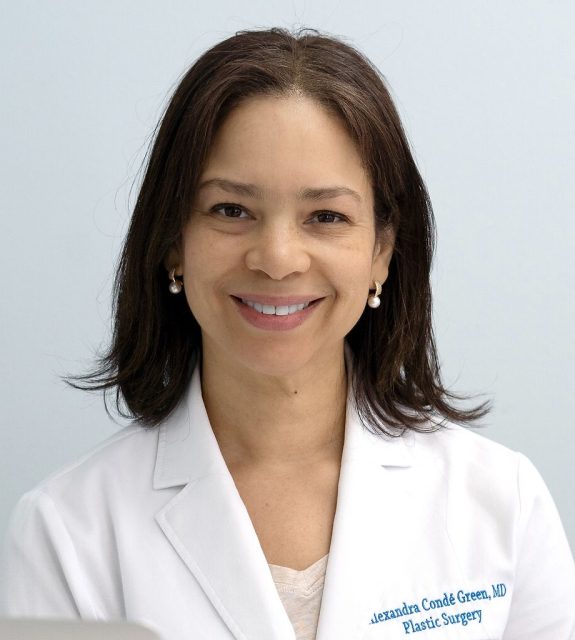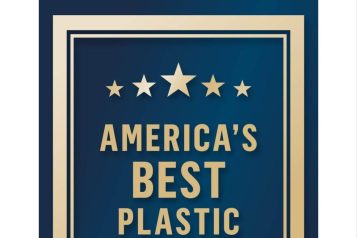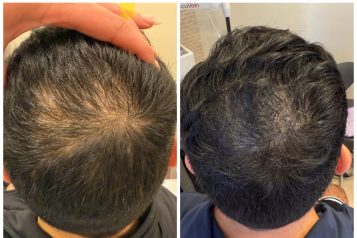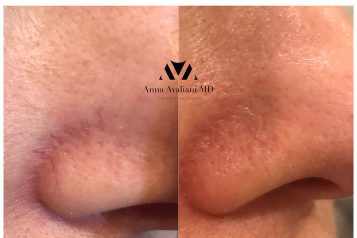Dr. Melissa Toyos is an oculofacial surgeon specializing in FUE (follicular unit extraction) hair and eyebrow transplantation, CO2 facial resurfacing, and sculpting faces with injectables. A summa cum laude graduate and board-certified Ophthalmologist, she is a partner at Toyos Clinic and formerly was a partner at one of the largest eye care practices in the country. Dr. Toyos is a national researcher and lecturer. She trains other doctors on surgical techniques as well as cosmetic procedures. Her clinical research has been instrumental in many FDA approvals. She is the former President of the Missouri Society of Eye Physicians and Surgeons. She has held various leadership positions with the AAO. Dr. Toyos has served as a mentor to young female surgeons, helping them understand how to balance a career and motherhood.
 Photo Credit: Shutterstock
Photo Credit: Shutterstock
What do you do for dry eye when you have done everything for dry eye? Dry eye is a common disease growing among the population every day. Unfortunately, many patients try all the available options but still don't get the relief they are searching for or develop side effects from these medicines. And even though Jennifer Anniston and Jennie Garth have brought celebrity status to this disease, there are still a few FDA-approved medications and treatments.
Here's what we know
In the world of dry eyes, Cranial Nerve #5 (the Trigeminal Nerve) is starting to get a lot of attention because it innervates the eye's surface. We know that the chronic inflammation of dry eye can cause the nerves on the surface of the eye to die or become abnormal, causing NK or neurotrophic keratitis.
Up until now, we have used targeted treatments for NK like platelet-rich plasma (PRP), intense pulsed light (IPL), repository corticotropin (Acthar), low dose naltrexone and cenegermin (Oxervate). But, now have a new treatment to address dry eye and ocular surface disease caused by NK: Nurtec ODT (Rimegepant).
 Photo Credit: Shutterstock
Photo Credit: Shutterstock
Nurtec ODT (Rimegepant) explained
You might have seen Khloe Kardashian singing the praises of Nurtec ODT (Rimegepant) as their spokesperson. Approved in February 2020, right before COVID, it quickly became the number one selling migraine medicine, even with little or no sales team interaction during the pandemic.
It dissolves in your mouth and takes 30 minutes to start working, and one tablet works for 48 hours with little to no side effects. It is part of a family of new migraine medications called gepants. It is a highly-selective, calcitonin gene-related peptide antagonist for the acute treatment and prevention of migraine and auras caused by migraine.
This class of medications targets CGRP signaling by stimulating 5-HT1f receptors on trigeminovascular nerves (resulting in inhibition of CGRP release) or direct blockade of CGRP or its receptor, basically soothing irritated nerves from migraine or dry eye.
CGRP has been connected to both ocular pain and corneal epithelial repair. Research suggests that both dry eye symptoms and migraine pain are partly driven by central sensitization in the brain. Corneal nerves project (even when not physically connected) to the trigeminal brainstem region, and both dry eye and migraineurs have central nerve abnormalities. In addition, acute and chronic inflammation is known to be an essential feature of dry eye, and CGRP is a neuropeptide known to act by soothing neurogenic inflammation.
With the Toyos Nurtec protocol for dry eye and our upcoming research study, we believe that taking Nurtec every other day for three months will significantly improve treating the toughest dry eye cases when other treatments have failed or fallen short. So if you have a tough time treating dry eye and/or migraines, Nurtec ODT may be right for you. Call 615.327.4015 to schedule an appointment to learn more.



